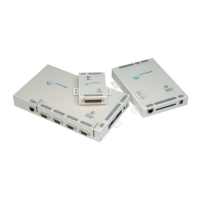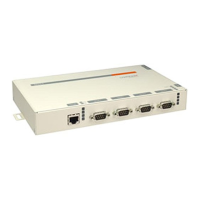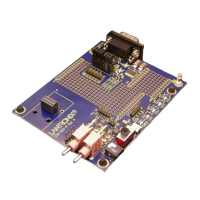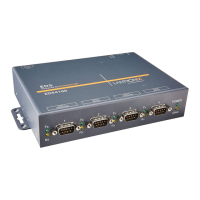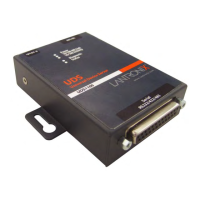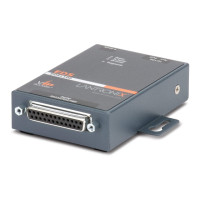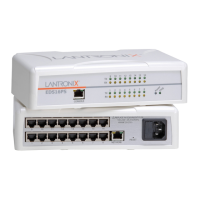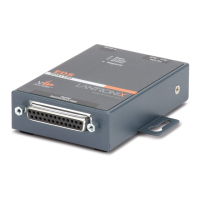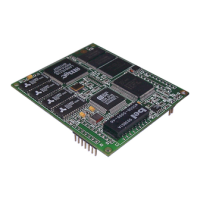8: Device Ports
SLC™ Console Manager User Guide 113
Note: Local logging must be enabled for a device port for the locallog commands to
be executed. To use the set locallog clear command, the user must have permission to
clear port buffers (see Chapter 12: User Authentication on page 165).
Example:
set deviceport port 2-5,6,12,15-16 baud 2400 locallogging enable
Parameters:
emaildelay <Email Delay>
emaillogging <disable|bytecnt|charstr>
emailrestart <Restart Delay>
emailsend <email|trap|both>
emailstring <Regex String>
emailsubj <Email Subject>
emailthreshold <Byte Threshold>
emailto <Email Address>
filedir <Logging Directory>
filelogging <enable|disable>
filemaxfiles <Max # of Files>
filemaxsize <Max Size of Files>
locallogging <enable|disable>
name <Device Port Name>
nfsdir <Logging Directory>
nfslogging <enable|disable>
nfsmaxfiles <Max # of Files>
nfsmaxsize <Size in Bytes>
sysloglogging <enable|disable>
usblogging <enable|disable>
usbmaxfiles <Max # of Files>
usbmaxsize <Size in Bytes>
usbport <U1>
pccardlogging <enable|disable>
pccardmaxfiles <Max # of Files>
pccardmaxsize <Size in Bytes>
pccardslot <upper|lower>
To view a specific number of bytes of data for a device port:
show locallog <Device Port # or Name> [bytes <Bytes To Display>]
1 Kbyte is the default.
To clear the local log for a device port:
set locallog clear <Device Port # or Name>
Note: The locallog commands can only be executed for a device port if local logging
is enabled for the port. The set locallog clear command can only be executed if the
user has permission to clear port buffers (see Chapter 12: User Authentication on page
165).
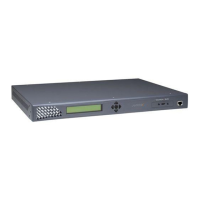
